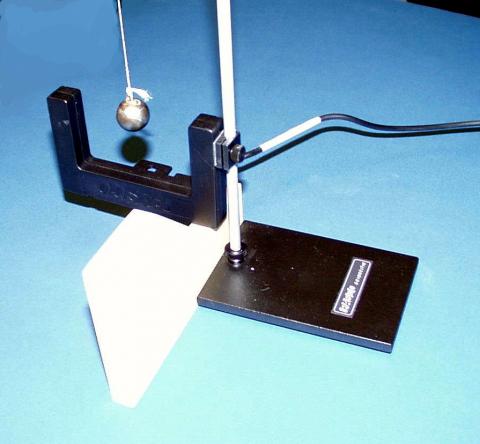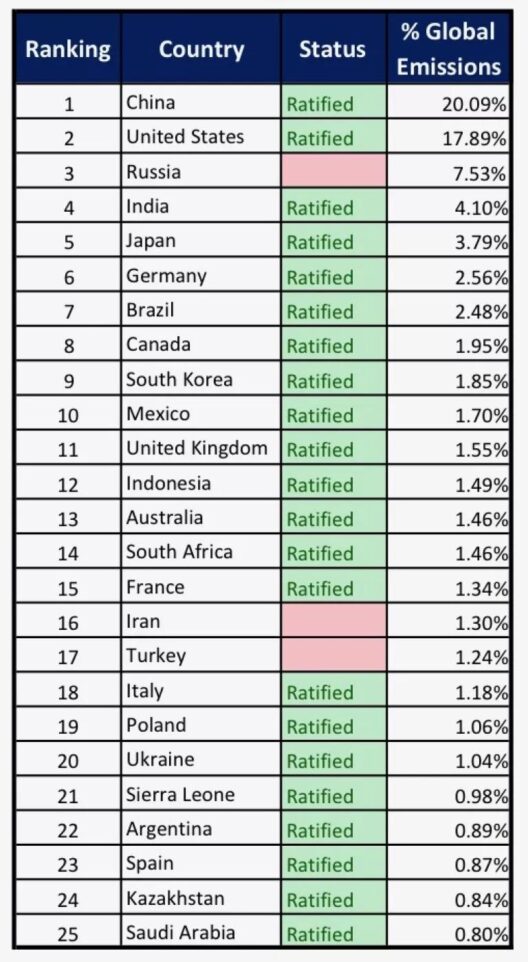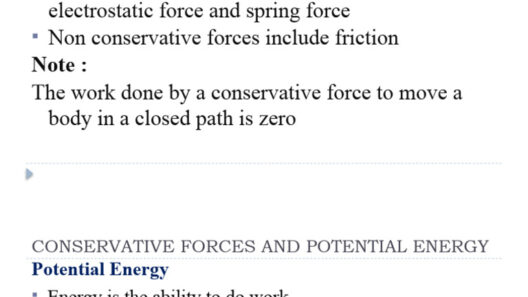Understanding the principles underlying energy conservation can be an enlightening journey, especially when explored through classic physics experiments such as the interrupted pendulum. This fascinating apparatus not only demonstrates the fundamental laws of mechanics but also provides a compelling avenue to detect and analyze energy conservation within a controlled environment. In this discourse, we will unravel the intricacies of energy conservation in the context of an interrupted pendulum experiment, highlighting key aspects, methodologies, and the underlying physics that govern this remarkable phenomenon.
At its core, the interrupted pendulum experiment serves as an exquisite illustration of energy transformation. The essential premise involves a pendulum swinging from a defined height, where gravitational potential energy is transformed into kinetic energy as it descends. However, what happens when this motion is abruptly disrupted? To delineate the pathways of energy alteration, we must first consider the fundamental forces at play during the pendulum’s oscillation.
Initially, one must set up the pendulum apparatus with care, ensuring that it is securely suspended and capable of freely swinging in a single arc. Typically, this includes a mass (or bob) attached to a string, which is anchored at a fixed point. The experimental design should incorporate a means to interrupt the motion at specific intervals—this could be through manual activation, mechanical triggers, or electronic sensors that halt the pendulum’s progress through the swing. Such interruptions allow observation of energy in various states, effectively creating a dynamic tableau of energy transformation.
The measurement of energy conservation prior to and after the interruption is crucial. It entails tracking both the height reached by the pendulum bob and its corresponding velocity at various points during its swing. As the pendulum rises, potential energy accumulates, calculated using the equation: PE = mgh, where m is the mass of the bob, g is the acceleration due to gravity, and h is the height above the reference point. Conversely, as the pendulum descends, this potential energy is converted into kinetic energy, represented by the equation: KE = 0.5mv², where v is the velocity of the moving mass.
Upon establishing a baseline for potential and kinetic energy conversions, the experimenter can introduce interruptions. The impact of these disruptions on energy conservation can be both measurable and demonstrative. For example, one common interruption might involve halting the pendulum exactly at its lowest point, converting all potential energy to kinetic energy. The detection methodology hinges on precise timing mechanisms and sensors that record the speed of the pendulum at the moment of interruption. Observations reveal how energy behaves—does it dissipate or retain its integrity post-interruption? Such analysis can lead researchers down a path of greater inquiry into the efficiency of energy transfer.
Moreover, one might consider employing a variety of weights and configurations to examine how different masses influence the conservation of energy during interruptions. Are heavier objects less susceptible to energy loss? Do lighter objects sway more fluidly, allowing for greater conservation of energy? These inquiries invite a plethora of experiments, encouraging a hands-on approach to grasp energy principles deeply.
As one collects data from repeated trials, patterns will emerge. An integral part of this analysis involves calculating the ratios of kinetic to potential energy before and after each interruption. A keen observer would note that discrepancies might arise due to factors such as air resistance, friction at the pivot point, and sound energy during oscillation. Recognizing these forms of energy dissipation—and their fluctuating magnitudes—foster a critical understanding of the practical limits of energy conservation principles in real-world applications.
Furthermore, immersing oneself in the nuances of energy conservation can prompt compelling discussions surrounding Newton’s laws of motion and their relation to energy dynamics. For instance, the first law—object in motion will remain in motion—becomes a critical focus during interruptions. Does the pendulum’s integrity remain intact, or does the interruption invariably sever its momentum, transforming energy into less usable forms? Understanding these physical principles does not merely contribute to academic knowledge; it also integrates seamlessly into larger discourses on sustainability and conservation efforts in today’s world.
Ultimately, the interrupted pendulum experiment can serve as a microcosm of broader energy conservation dialogues. Whether considering the subtleties of mechanical energy in everyday objects or evaluating energy usage patterns in larger systems, the fundamental queries remain constant: How much energy is retained? What forms does it assume as it transitions from one state to another? These questions linger in the minds of environmentalists and physicists alike, driving innovations in renewable energy practices and pushing boundaries in energy efficiency technology.
In conclusion, the process of detecting energy conservation in an interrupted pendulum experiment reveals a rich tapestry of phenomena that connects simple mechanics to complex energy principles. By engaging in such experiments, one not only fosters a deeper understanding of physical laws but also sparks curiosity about energy management in our broader environmental context. The intricate dance between energy forms within this pendulum serves as a reminder of the delicate balance that exists within our ecosystem—one worth examining, understanding, and ultimately conserving.







